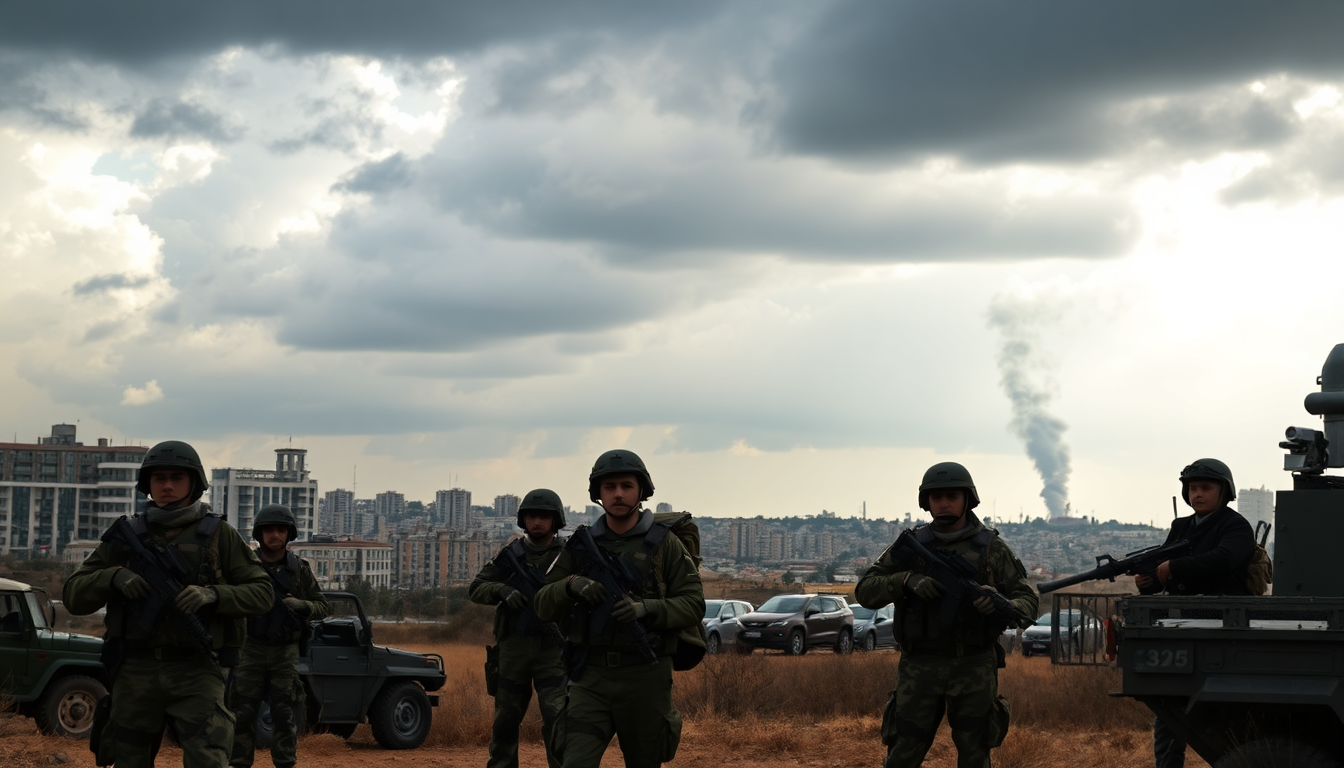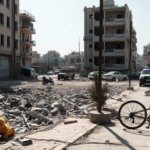Table of Contents
The recent escalation of conflict between Israel and Iran is more than just another chapter in Middle Eastern geopolitics; it’s a significant turning point that could reshape the entire region. After a brief ceasefire, hostilities flared up once again when Iran launched missiles at Israel.
This prompted a strong response from Israeli defense forces. But what does this all mean for the stability of the region? Let’s break it down.
Understanding the Conflict and Attempts at Ceasefire
The backdrop here is a tangled web of military actions, political maneuvers, and international diplomacy.
Just hours after U.S. President Donald Trump announced a U.S.-brokered ceasefire, Iran initiated missile strikes against Israel. Thankfully, these were intercepted and fortunately caused no injuries. But this breach of the ceasefire led Israel’s Defense Minister, Israel Katz, to order retaliatory strikes targeting Iranian assets in Tehran.
This rapid escalation highlights just how fragile peace agreements are in this volatile region.
Earlier that very day, both nations had seemingly agreed to the ceasefire, with Israel claiming it had achieved its military objectives against Iran. Trump’s announcement was met with optimism from European leaders like European Commission President Ursula von der Leyen, who stressed the importance of stability and diplomatic engagement.
However, that optimism evaporated almost immediately as military actions resumed, showcasing the shaky foundation of the agreement.
Military Actions and Their Fallout
These military exchanges have taken a heavy toll, including missile strikes that caused casualties in Beersheba, Israel. In retaliation, Israel launched airstrikes targeting Iranian positions, aiming to disrupt Iran’s nuclear program and military capabilities.
This back-and-forth not only heightens tensions but also threatens to pull in other regional players and global powers. Have you ever wondered how quickly a conflict can escalate? This situation is a stark reminder.
Adding to the complexity, the United States has been directly involved, supporting Israel with military strikes on Iranian nuclear facilities.
This direct intervention raises the stakes significantly, as Iran has vowed to retaliate against U.S. assets in the region. The potential for a broader conflict is very real, and nations are weighing their responses to these developments. How will this all play out on the world stage?
International Reactions and What Lies Ahead
The international community is reacting with caution. European leaders are calling for a renewed commitment to diplomacy, emphasizing that dialogue is the only viable path forward. German Chancellor Friedrich Merz welcomed the ceasefire call, expressing a desire for de-escalation. But, with the reality on the ground suggesting that both Israel and Iran are gearing up for more military engagement, can we truly expect peace?
As tensions continue to rise, the implications for regional stability are significant. Israel’s main goal remains the dismantling of Iran’s nuclear capabilities, while Iranian officials have made it clear that they won’t let external powers dictate regime change. The future of this conflict will depend on the choices made by both nations and how global powers, particularly the United States and European nations, respond.
Looking ahead, the ongoing military actions and the breakdown of the ceasefire indicate a turbulent period for the region. Unfortunately, the potential for further escalations is high, and as both sides prepare for whatever comes next, the hope for lasting peace appears increasingly out of reach. The international community must stay vigilant and proactive in mediating efforts to prevent further conflict. What do you think will happen next?





